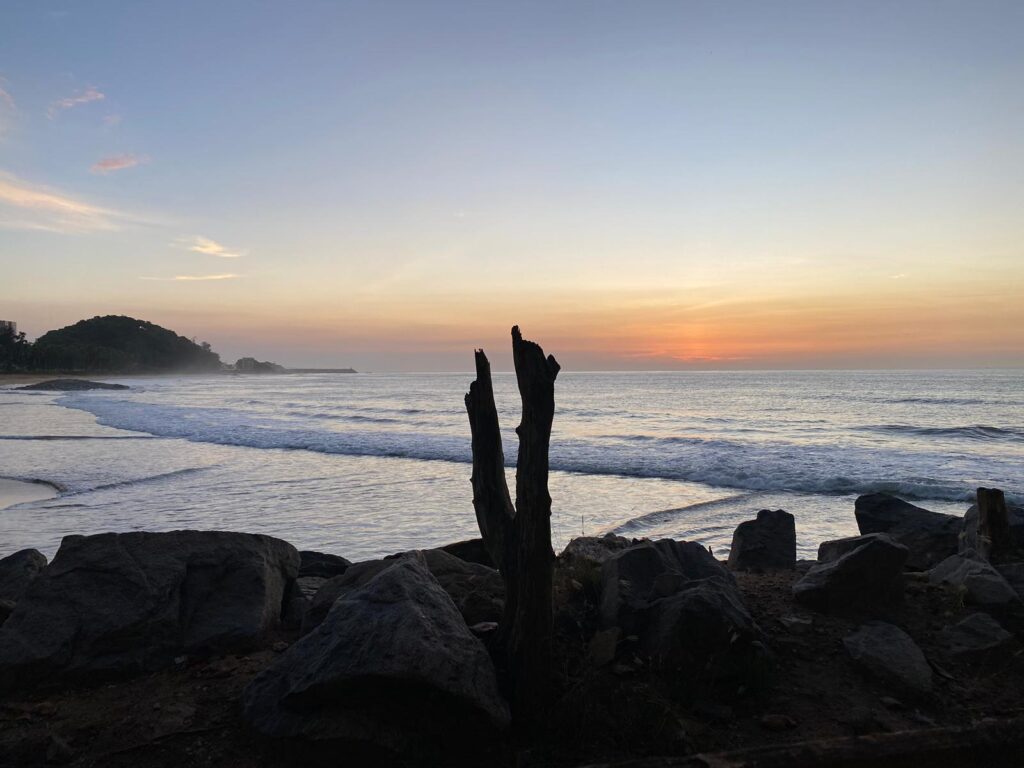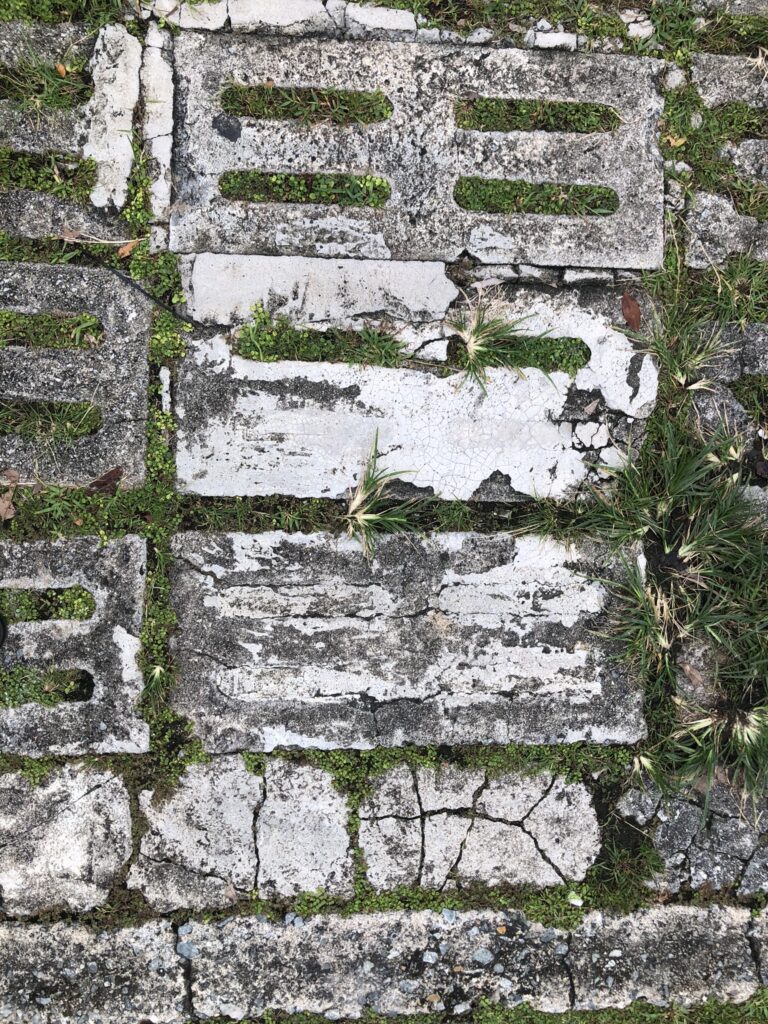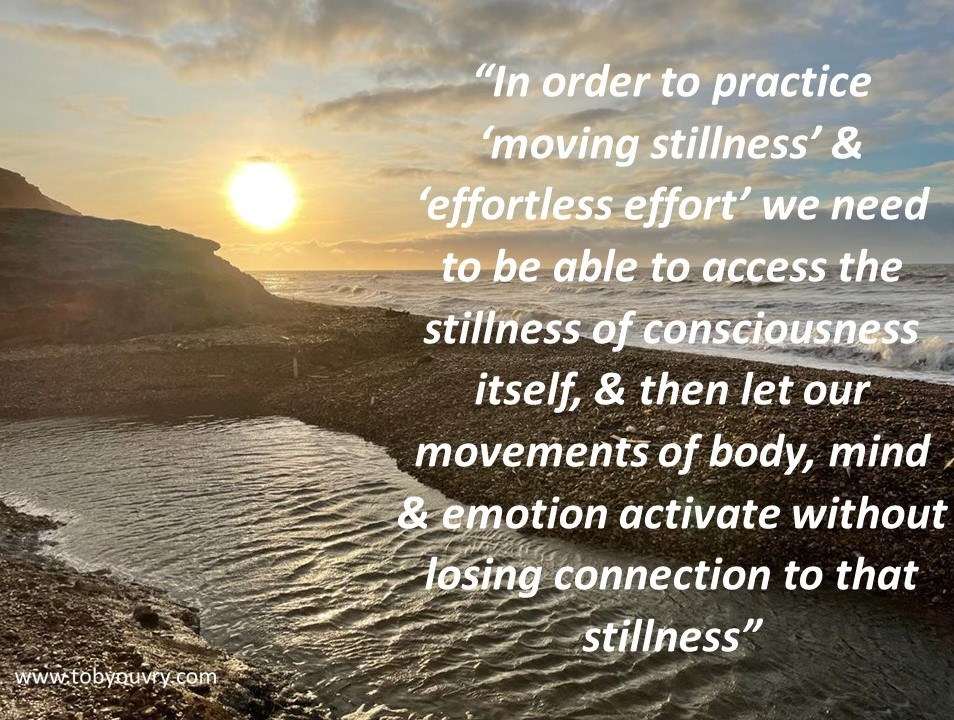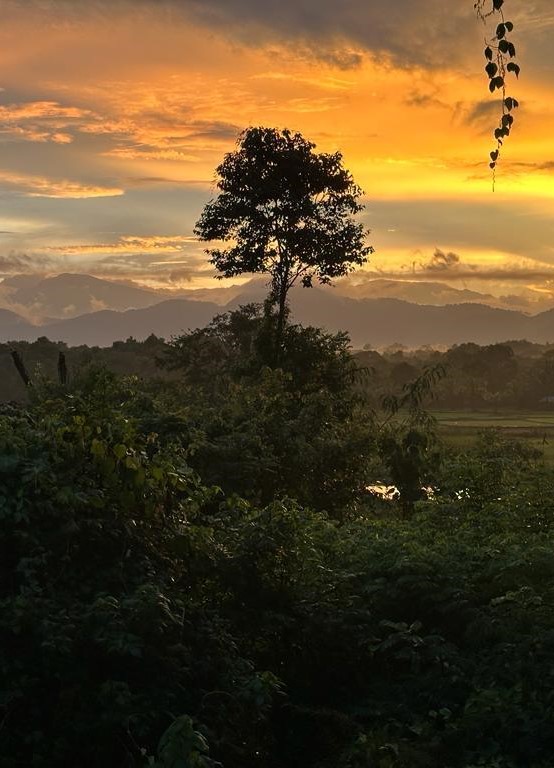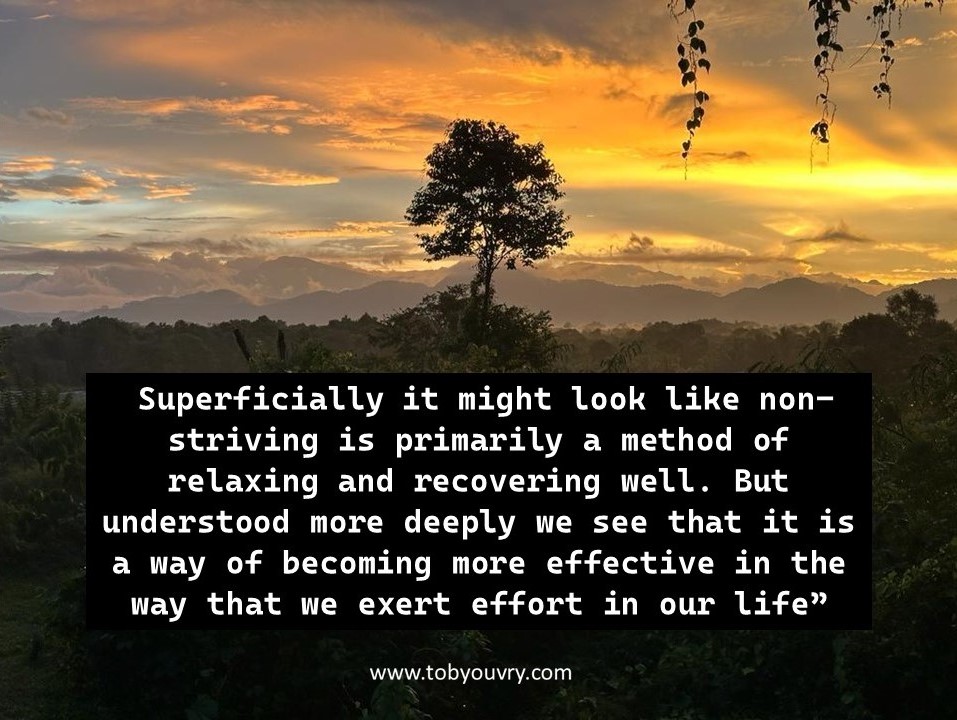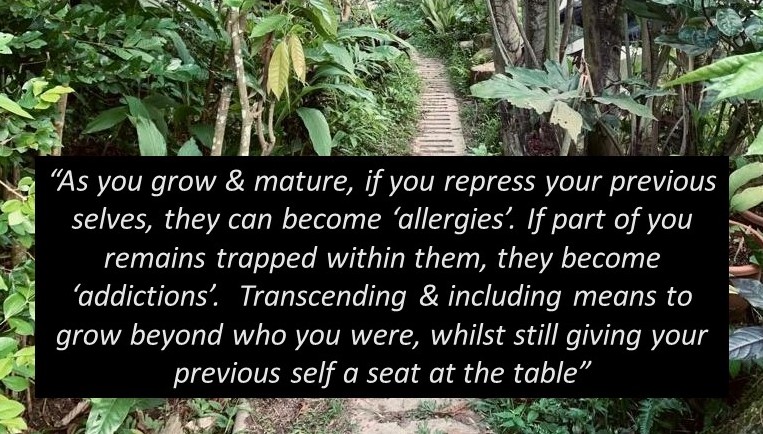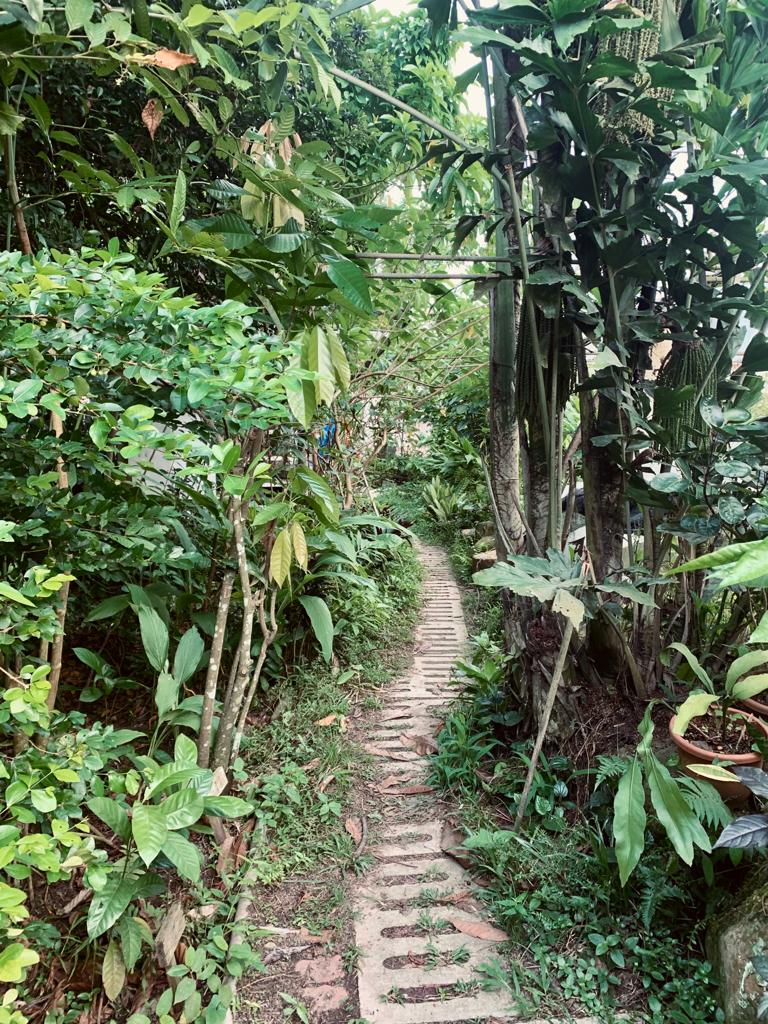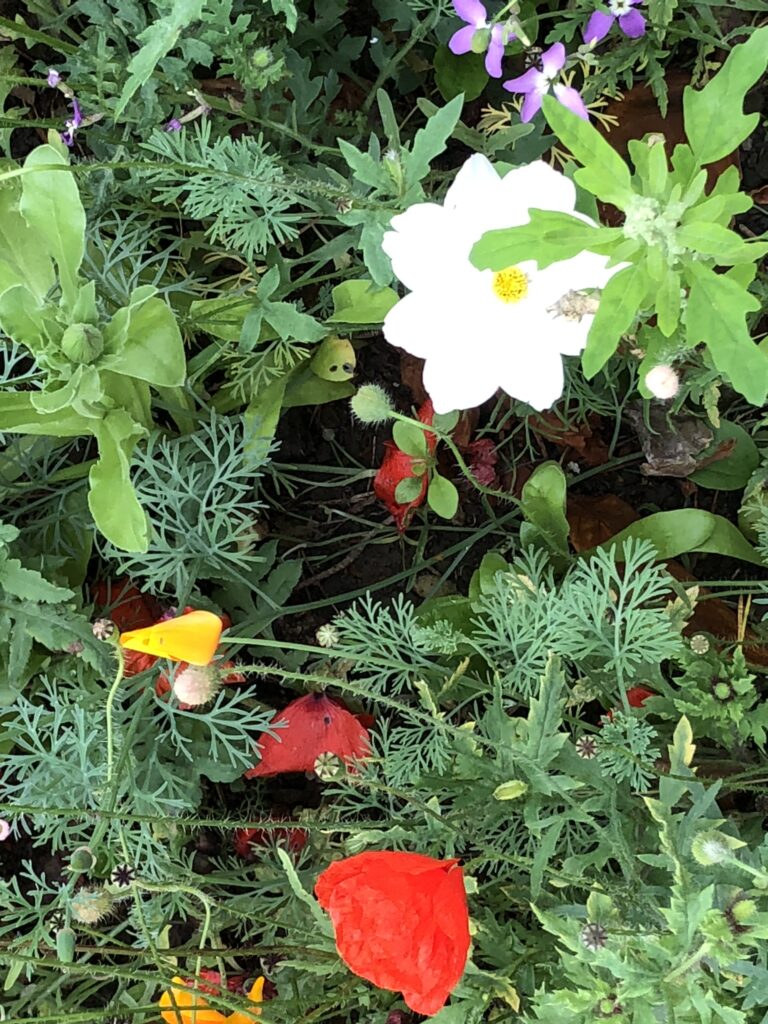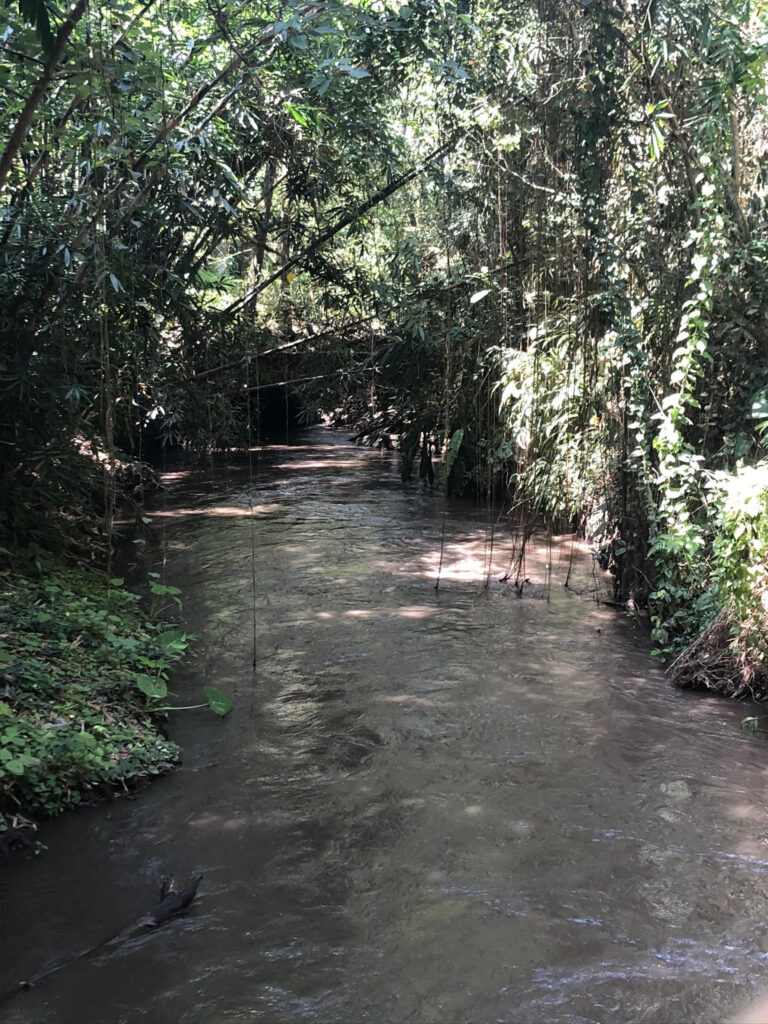“Spiritual healing is the art of bringing a higher, more whole and inclusive dimension of reality to bear upon a lower dimension, in order to bring that greater wholeness, healing and inclusivity to bear upon the lower dimension, thus effecting healing.”
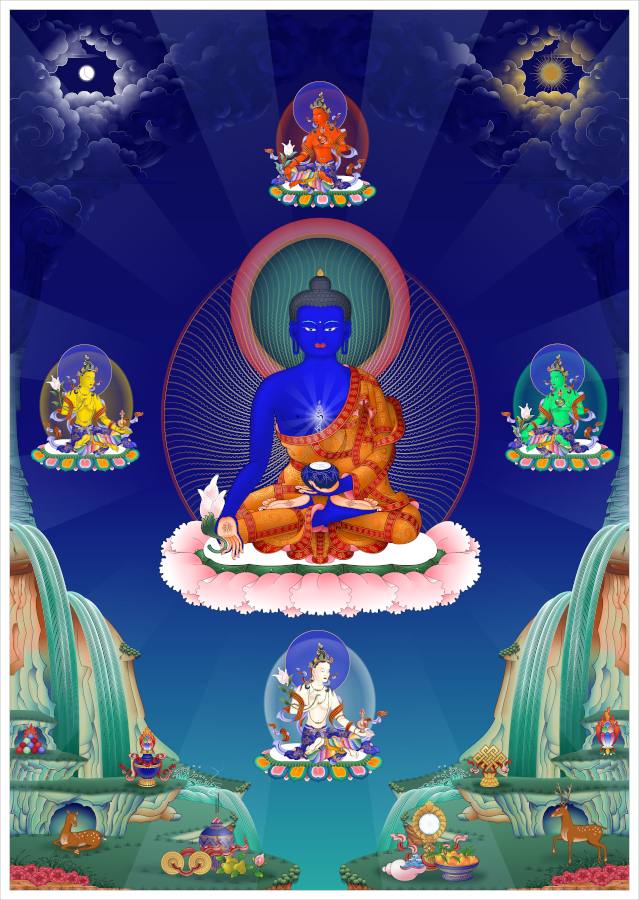
Dear Integral Meditators,
The article below looks at principles of spiritual healing practice in general, and also specifically in terms of Medicine Buddha practice, which is something I picked up in my days as a Buddhist monk, and continue to engage with today. If you enjoy the article & are curious, do join me live or online for the Medicine Buddha Healing meditation this Saturday 11am-12.15pm.
Also, if you know anyone looking to get their meditation practice started, or if you want to get your own practice rebooted, then I recommend this Saturday’s session:Get Your Meditation Practice Started Now – The Shortest and Most Time Effective Meditation Workshop Ever
In the spirit of healing,
Toby
Spiritual aspects of healing – The medicine Buddha
What is spiritual healing? You might think about spiritual healing in terms of this definition:
“Spiritual healing is the art of bringing a higher, more whole and inclusive dimension of reality to bear upon a lower dimension, in order to bring that greater wholeness, healing and inclusivity into the lower dimension, thus effecting healing.”
To practice spiritual healing is then basically learning to meditate (Yes, mediate, or channel) higher, deeper dimensions of energy to people or places where healing is needed. It can be done in different ways:
- To effect physical or psychological healing for ourself
- To effect physical or psychological healing for others
- To direct healing energy to groups of people or places on the planet
What/who is the Medicine Buddha
The Medicine buddha practice is an example of a spiritual healing practice. Sometimes Buddha’s are linked to actual people, but more often these are mythic rather than factual stories, and the Buddha in question is more of an embodiment of a particular enlightened quality, a primal archetype rather than a ‘person’. In the case of the Medicine Buddha, he may be thought of as the healing power of all the Buddhas (and our own enlightened Buddha nature) embodied in a human form, albeit with a blue body (!)
Having been related to in this way for over two thousand years, visualizing the Medicine Buddha and reciting his healing mantra provides a ready-made pathway in the human group consciousness that we can use to access this particular spiritual healing energy from the higher dimensions of reality to bring healing to ourself and others.
Paradigms for understanding disease
In the traditional Medicine Buddha teachings, there are four types of disease/illness:
- Illness that we can recover from without medicine (physical or spiritual)
- Illnesses that we need medicines to recover properly from
- Illnesses that have a ‘soul’ level or karmic cause, and that cannot be healed by physical medicine alone, but can be healed through spiritual healing practice
- Illness that is essentially untreatable, spiritually or with traditional medicine, and that we cannot recover from once they manifest.
From this we can see that spiritual healing practices like the Medicine Buddha are primarily helpful for the third class of disease, and as a preventative for helping to avoid the fourth class of disease coming into manifestation. In my own practice of the Medicine Buddha, I primarily focus on:
- Daily practice as a future disease prevention. This is a bit like taking supplements to increase immunity(!)
- Working to build strength and wholeness in the ‘weak’ spots in my body, again making illness and injury less likely
- In relation to symptoms of diseases I get, for example reducing pain and activating healing around a recent gastric flu I had. This was in conjunction with regular TCM type medication.
- For others I know who are sick and in need of healing, or who are vulnerable to illness
Healing meditation with the medicine Buddha, 3 ways
The methodology used to do spiritual healing is often deceptively simple, in the case of the Medicine Buddha it can be done in a very simple way by:
- Generating a compassionate motivation
- Visualizing him in the space in front of you, setting your specific intention for requesting healing
- Reciting his mantra
- Imagining healing light and nectar flowing down from his heart (where the mantra sits), into the person, area of the body or part of the world where you want the healing energy to flow
- Finishing with a brief period of stillness
The mantra itself is Sanskrit:
TAYATHA OM GATE GATE, PARAGATE, PARASANGATE BODHI SOHA
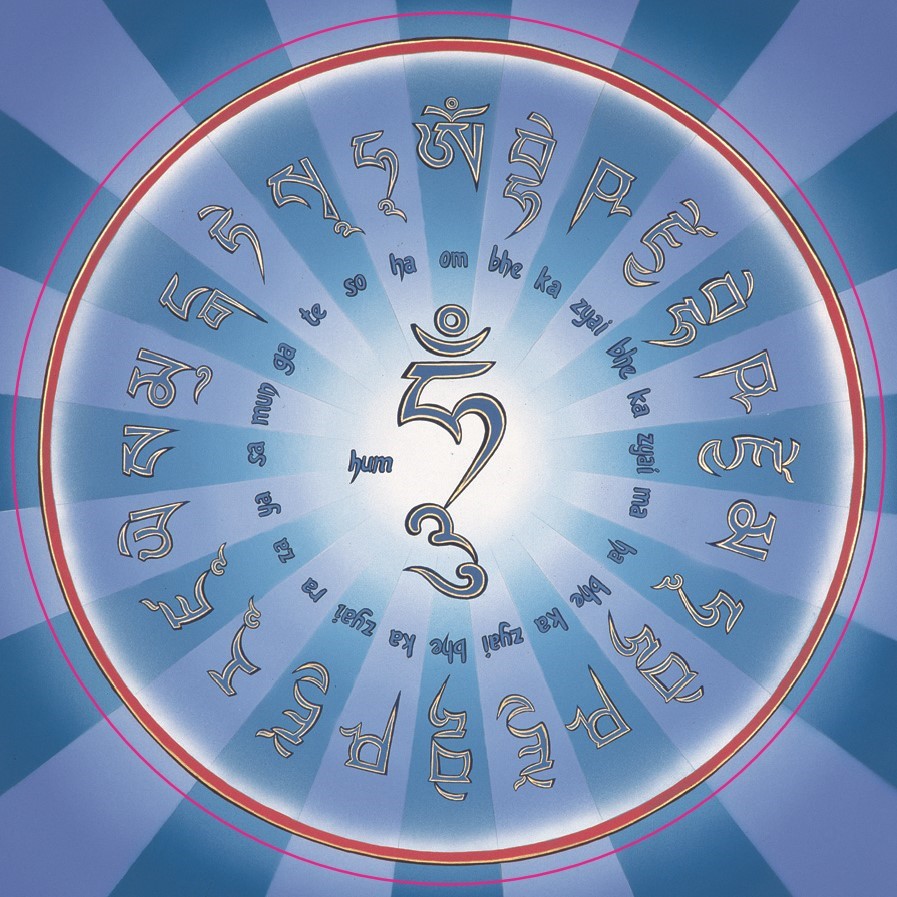
This means quite literally ‘Oh doctor (Gate), doctor, great doctor, doctor of doctors, please grant us the healing attainments!’
The practice may look simple, childish even, but combined with good quality intention and focus, the effects can be felt quite rapidly and easily. It’s a practice I have had for years, if your looking for another dimension to your own healing methodologies, this is one I highly recommend.
Article & content © Toby Ouvry 2024, you are welcome to use or share this article, but please cite Toby as the source and include reference to his website www.tobyouvry.com
Follow Toby on: LinkedIn, YouTube, Instagram
Integral Meditation Asia
Online Courses * 1:1 Coaching * Books * Live Workshops * Corporate Mindfulness Training *Life-Coaching * Meditation Technology
